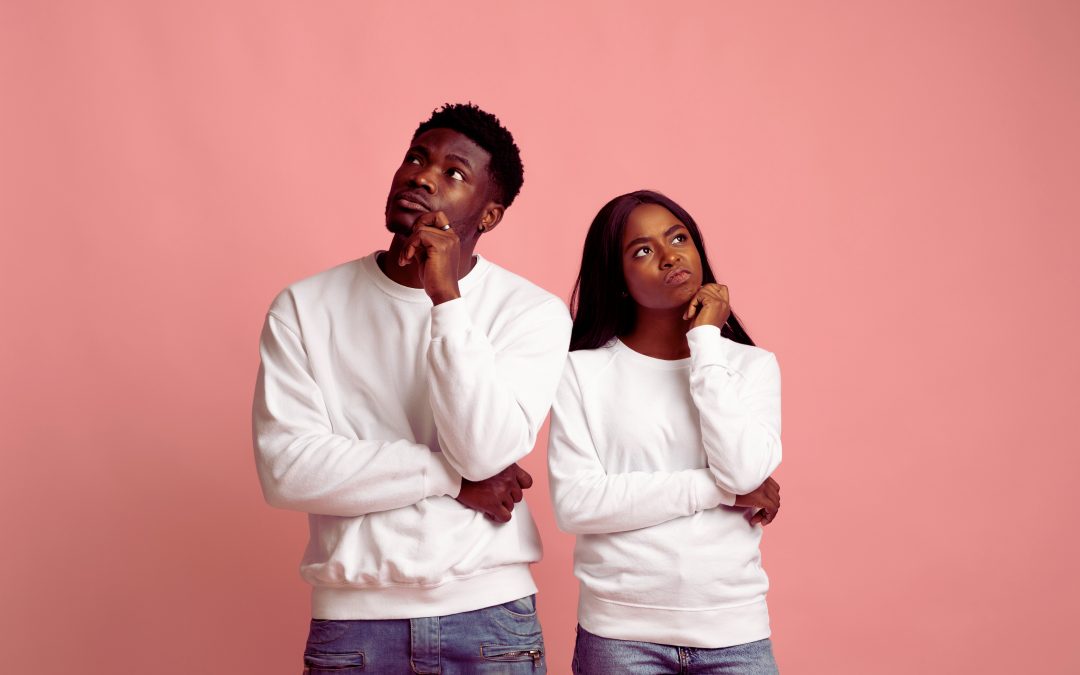The rise of social media and online shopping, coupled with the ‘death of the high street’ has resulted in the majority of holiday purchases being made over the internet rather than through a travel agent.
Expedia.com, booking.com and Airbnb.com, to name but a few, have made it even easier for people to book their next break from the comfort of their home.
As a result, travel companies have to become even more innovative in spreading the word about the holidays they have to offer. The Travel Consumer 2015 Report from Deloitte states that the world of travel has shifted from a seller’s to a buyer’s market.
What motivates travel buyers?
Whilst price is predominantly still the main factor influencing the purchase decision, consumers are now empowered by review websites and social media.
Often, travel inspiration and holiday destinations are chosen based on the stories, tales and adventures our friends and family have experienced.
According to the Deloitte report, 42% of holidaymakers use review websites and 59% of those state that the comments influence their booking decision.
Nine in ten holidaymakers carried out research before booking their last holiday, with consumers being less influenced by the content created by the industry (advertising, sales staff etc.) and are likely to pay more attention to the experiences of others. This is where social media and in particular, influencers are important.
Social media influencers in the travel sector
The social influencer has risen in prominence over the last few years, where everyday content creators are replacing celebrities as brand ambassadors. The trust and authenticity influencers have over their followers is powerful in aiding purchase decisions and swaying consumer opinions. Influencers can offer personal recommendations on a global scale.
Type ‘travel influencers’ into Google and you come across numerous examples of bloggers sharing their experiences via social media platforms. Emily Luxton ‘award-winning writer and travel blogger’ has affiliated with British Airways and the Costa Rican Tourist Board; Fitness blogger Carly Rowena teamed up with Sandals UK to promote their Jamaican resort; Teletext have partnered with blogger The Travel Hack to review a 3 day short break in Tenerife. Stunning imagery, detailed descriptions and activity recommendations make up the incredibly convincing blog posts persuading the extensive volume of readers where and how to book their next holiday.
Everyone from British Airways to tourist boards, independent hotels and package holiday providers are tapping into the power of the social influencer to create noise and brand awareness. So much so, notable media powerhouses such as Forbes are creating articles about the ‘top travel influencers’ and dedicated media agencies are putting travel brands in touch with influencers.
Travel Influencers Agency has a platform to connect advertisers with relevant influencers through partnerships, creative content and campaign management. Socially Powerful match influencers to brands, providing one access point to help manage the fragmented world of influencer social marketing.
Travel businesses need to move away from a product-centric advertising model and instead, improve consumer trust, build relationships and offer personal experiences to differentiate themselves in the marketplace.
The Millenial generation are significantly more likely to be influenced by content on social media, however as the rise of the internet continues to grow, all generations are becoming more ‘online savvy’. As such, the digital word of mouth will become increasingly important for businesses to maintain their share of voice.
Social media faux pas
As with any influencer campaign, the outlook isn’t all sunshine and flowers. Attribution will always be problematic, raising the ‘return on investment’ question as to how valuable the activity really is in monetary terms to the brand. Authenticity and honesty of the blogger’s opinions are also questioned, especially when large sums of money are shared between brand and influencer. Additionally, due to the very nature of their role, when influencers mess up they do so publicly, often casting associated brands in a negative light.
Brands and influencers have been caught out on a number of times, proving that the posts are staged rather than authentic opinions. American Scott Disick highlighted how controlling brands can be with their influencers when he published a post which had obviously been copied and pasted from the instructions given by the brand. “Here you go, at 4pm est, write the below…” Big brands have also fallen short to this faux pas, with supermodel Naomi Campbell posting a message on behalf of Adidas “Naomi, so nice to see you in good spirits!!! Could you put something like:”
Health food blogger Tia Mowry was picked by US brand Dairy Queen to promote their ‘treat day’ campaign encouraging people to eat dessert first – despite the fact that she describes herself as dairy-free…
Are travel influencers right for all brands?
Another factor brands will have to consider is whether the influencer connects to their target audience. Whilst blogs, Instagram, Facebook and Twitter may be heavily used by the younger generations, travel companies targeting the ‘greyer’ audience may not find influencers so effective. The majority of the influencers in Forbes top 10 are within the 20-30 age group which offers little opportunity to those whose customers are in the 50+ age group.
Despite this, influencers offer an alternative platform for travel companies to create noise within a cluttered market. The fact that many bloggers are now making a living travelling the world writing about their experiences, with companies willing to foot the bill, suggests that the advertisers are reaping the benefits.
If you’re considering using an influencer to promote your travel business, consider these 5 key things:
- Make sure your influencer is relevant
Engagement is as, if not more, important than the number of followers the influencer has. Make sure relevance is the main focus, rather than follower size. The number of followers the influencer has is irrelevant if they aren’t your target audience! Similarly, make sure your influencer understands your brand and is in line with your values and messaging. - Organisation is key
From the moment you pick your influencer, make sure the campaign is built on desired results and outcomes which are agreed between yourself and the influencer. Make sure they are fully aware of the responsibilities, roles, deadlines and campaign objectives before the launch to provide a solid foundation. At the same time, make sure they are given creative input to content generation – they know what their followers respond to which shouldn’t be ignored! - Engage with the influencer
Make sure the influencer is at the heart of your programme and you build a relationship of trust and communication. If you cannot strategically communicate your objectives with the influencer, how are they supposed to communicate this to their followers? Make sure they are motivated and feel part of the process, that way they are more likely to go the extra mile. - Play the long game
The best influencer campaigns providing effective long-term engagement require relationship building over long periods of time. The most genuine influencers will themselves have spent months, years, even decades building their follower base. In order to maximise brand loyalty and potential return, brands need to nurture the relationship they have with the influencer. One-off free perks might create spikes of interest; however, the best results will come from those who are taken care of in the long run. - Follow the rules
Despite it being a relatively new channel, social influencer marketing has come under scrutiny from advertising standards. It is essential that the influencer and brands are honest with the audience and make it known when a partnership is being nurtured. This ensures that the followers are fully aware of the relationship between the brand and the influencer, which in turns helps to keep the reputation of both brand and influencer intact.









